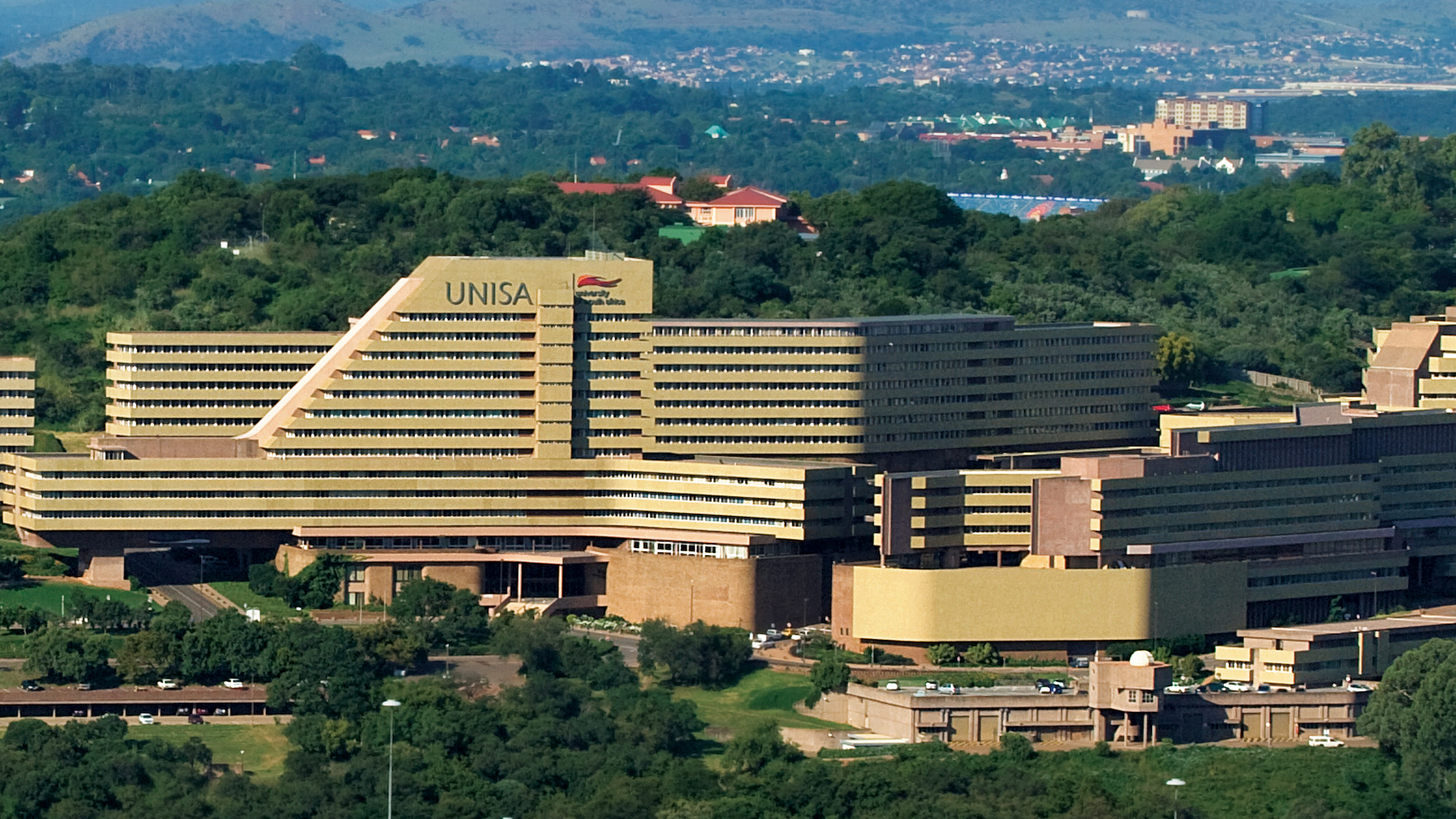Unisa, Architecture & Identity
Institutions of all kinds project their cultural, religious and political identities through their architecture. Unisa is often associated with an ‘Architecture of Apartheid’, as witnessed in the University’s imposing buildings along Muckleneuk Ridge. Fundraising for their construction began in 1965, and they were ceremoniously opened in 1973 — a timeframe that spanned the height of the apartheid government’s grip on power.
The Muckleneuk buildings also epitomise ‘Brutalism’, an architectural movement once popular with governments and universities across the world. The term derives from béton brut, French for ‘raw concrete’. Brutalism endured from the 1950s to the mid-1970s, and its “moral seriousness”, or lack of frivolity, chimed with apartheid’s Calvinist underpinnings.
Today, with the passage of time and shifting of aesthetic sensibilities, Muckleneuk, like many of history’s grand edifices, might perhaps be close to achieving respected heritage status. New Afrocentric buildings like the Kgorong Building, situated strategically at the gateway to the precinct, confidently project Unisa’s aspirant humanistic identity, while the renaming of some older buildings affirms the University’s association with those who contributed to the achievement of democracy.
These included the old film auditorium which was renamed the Dr Miriam Makeba Concert Hall, the Sunnyside Campus Conference Hall which was renamed the Enoch Sontonga Concert Hall, and the registration hall named after Es’kia Mphahlele, the author and former Unisa graduate.
